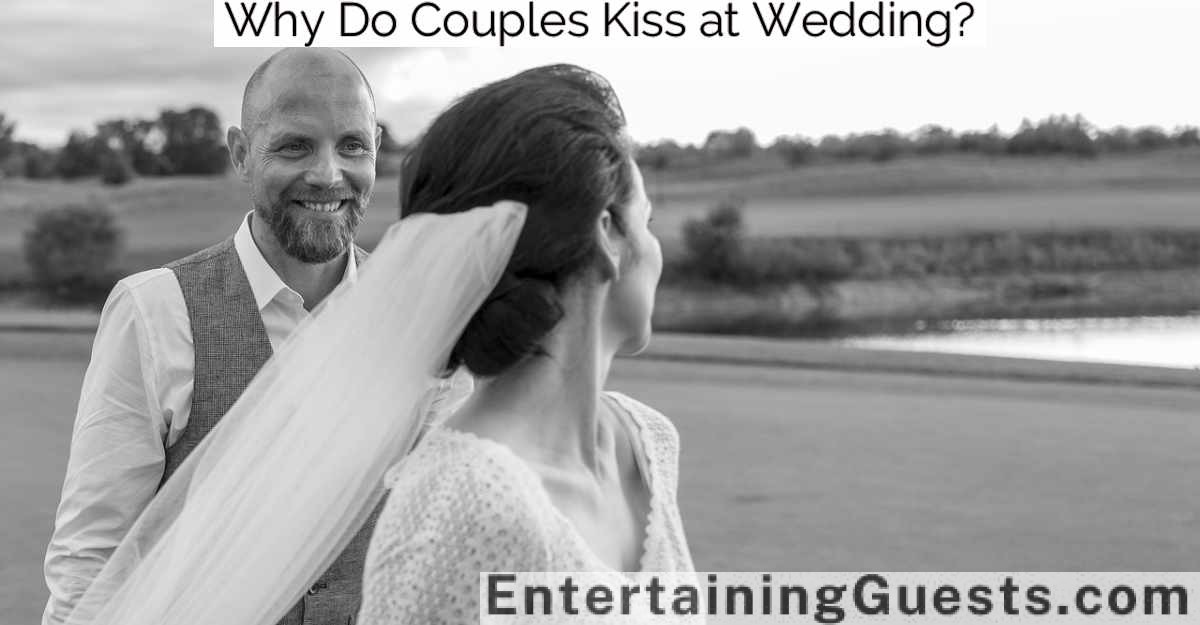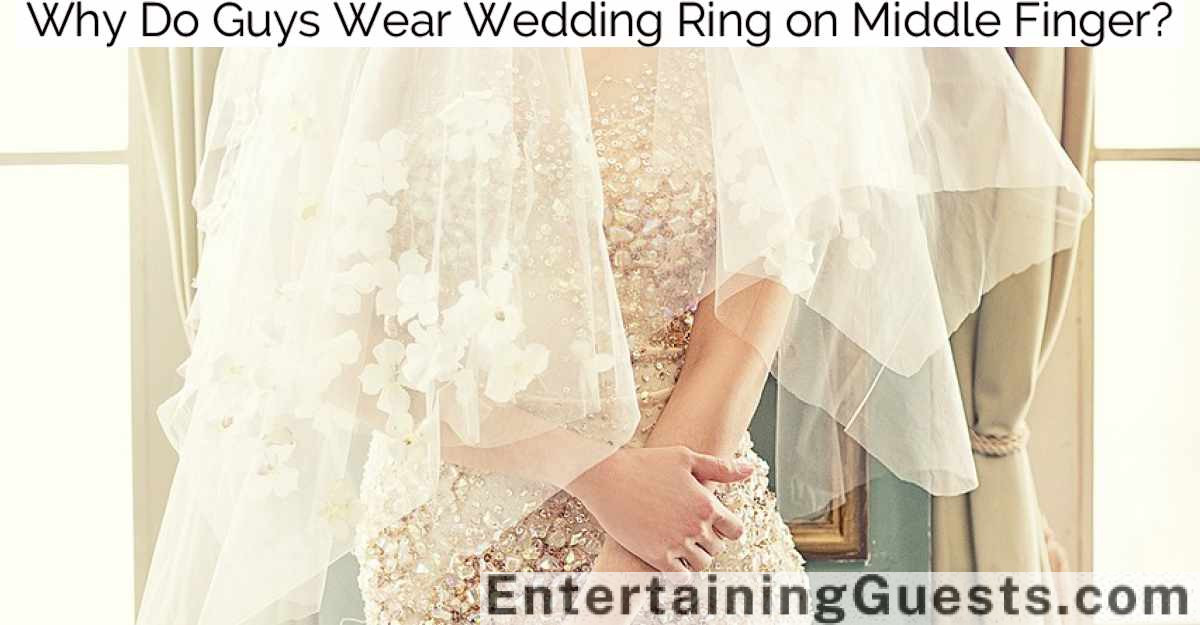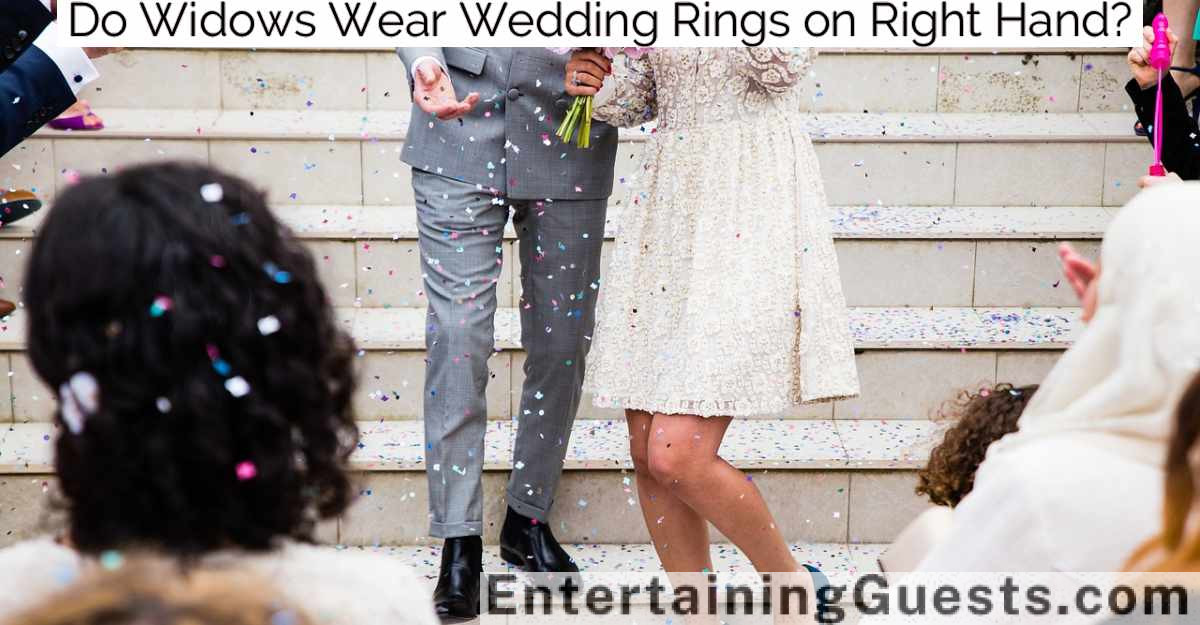No, wedding bands are not required to match. In the early 20th century, it became fashionable for couples to wear matching bands as a symbol of unity, but this tradition has evolved.
Modern couples often prioritize personal expression and choose rings that reflect their individual styles and life stories. While some still opt for coordinated bands to symbolize their partnership, others select distinct designs that celebrate their unique personalities and preferences.
This approach allows each partner to express their identity while still honoring their commitment to each other. The array of options available today supports a variety of tastes, underscoring the idea that the significance of wedding bands is defined by the couple themselves rather than by traditional norms.
Historical Perspective on Matching Bands
Throughout history, wedding bands have symbolized the unity and commitment between partners. Traditionally, these rings were simple, unadorned bands of gold or silver, chosen to signify an enduring bond that was both humble and steadfast.
The concept of matching wedding bands is relatively modern, emerging prominently in the 20th century as jewelry became both a statement of personal style and a public declaration of partnership. This evolution reflects the cultural significance of wedding rings, which carry social weight and convey notions of fidelity and authority symbolizing commitment.
In the 1920s and 1930s, as consumer culture blossomed alongside the rise of mass media, couples began to seek more harmony in their ring designs. This trend wasn’t only reflective of their shared aesthetic preferences but also an acknowledgment of their joint journey through life.
It was a departure from earlier times when a woman’s ring was often chosen for its embellishments, while a man’s ring remained stark and functional.
Today, the choice to coordinate rings speaks to a couple’s desire to present a united front. As weddings become highly personalized events, matching bands can also serve as a symbol of a couple’s unique narrative, crafted to tell their distinct story, resonating with both historical reverence and contemporary significance.
Pros of Coordinated Wedding Bands
One significant advantage of coordinated wedding bands is their ability to symbolize unity and equality within the relationship. This visual representation fosters a sense of togetherness, signifying to the world that the couple shares a unified life path. Such symbols are deeply ingrained in cultural traditions, enhancing the meaningfulness of the marriage commitment, much like the historical significance of wedding rings placed on the left hand, which symbolizes love and commitment the left-hand placement tradition.
Moreover, matched bands often reflect a careful consideration of style and design that aligns with the couple’s shared aesthetic. This can create a harmonious look in both casual and formal settings, showcasing their mutual taste and attention to detail. For those who value design continuity, selecting rings from the same collection or using similar materials and motifs can achieve an elegant, cohesive appearance.
Additionally, choosing coordinated bands can simplify the decision-making process, reducing stress during wedding preparations. Couples can focus more on other aspects of their ceremony and celebration, knowing their rings seamlessly complement each other. This practical benefit is particularly appealing for partners who prefer a streamlined approach to planning their nuptials.
In today’s fashion-forward era, the trend of coordinated wedding bands continues to evolve, offering a wide range of options that cater to diverse preferences, ensuring that every couple can find rings that truly represent their unique bond.
Cons of Identical Ring Sets
While coordinated wedding bands symbolize unity and shared aesthetics, opting for identical ring sets may not suit every couple’s taste or individual styles. Some partners may feel that such uniformity restricts their personal expression, particularly if one prefers simplicity while the other favors more elaborate designs. This discrepancy can lead to a compromise that doesn’t fully satisfy either individual, potentially diminishing the joy that should accompany such a significant choice.
Additionally, the circular shape of wedding rings represents infinity, embodying the idea that each partner can still express their unique identity within the commitment they share, reinforcing their bond through symbolic meanings.
Furthermore, the trend towards celebrating individuality in relationships suggests that identical rings might represent a form of conformity that modern couples increasingly choose to reject. They’re often seeking ways to symbolize their union without losing their personal identities. This shift is evident in the growing popularity of custom-designed pieces that reflect each person’s unique characteristics and preferences.
Additionally, practical considerations such as differing profession-related requirements can make identical rings impractical. For instance, someone in a manual labor job might need a more durable, less ornate band compared to someone who works in an office. This functional disparity can necessitate different materials or designs, further complicating the choice for identical bands.
Consequently, while matching rings are a beautiful symbol of togetherness, they aren’t always the most feasible or desirable option for every couple.
Personal Stories From Married Couples
Married couples often share enlightening experiences about their choice of wedding bands, revealing the deep personal significance and unique stories behind their selections.
Emma and John, who celebrated their wedding in a quaint vineyard, chose bands that reflected their individual tastes yet symbolized a unified commitment. Emma’s band, an intricate vintage-style piece, complemented John’s simpler, robust titanium ring. They believed their differing rings showcased their distinct personalities while still acknowledging their bond.
Another couple, Leah and Sam, opted for a unique approach by selecting bands with engravings of significant dates and coordinates. Leah’s band bore the coordinates of where they first met, while Sam’s featured the date of their proposal. These personalized elements made their bands deeply significant, enhancing the emotional connection to their wedding jewelry.
These narratives underline a broader trend where modern couples are moving away from strictly matching bands in favor of pieces that hold more personal meaning.
The stories of Emma and John, and Leah and Sam, reflect a contemporary understanding of marriage—where individuality and shared experiences coexist harmoniously within the sacred union.
Choosing the Right Style for You
When selecting wedding bands, couples should take into account both their personal style and the practical aspects of daily wear. The market offers a myriad of styles, from the timeless elegance of plain gold bands to contemporary designs adorned with gemstones. It’s essential to choose rings that not only symbolize the union but also fit comfortably into everyday life.
For instance, a person frequently engaged in manual work might opt for a durable platinum band, known for its strength and minimal upkeep, instead of a more delicate filigree design that requires regular maintenance.
Similarly, someone with an active lifestyle should look at options like tungsten or titanium, which resist scratching and wear.
On the style front, current trends lean towards customization and uniqueness. Couples are increasingly selecting non-matching bands that reflect their individual personalities. While one might prefer a simple, understated look, their partner may choose a band that’s intricately designed or heavily embellished.
It’s also wise to think about future-proofing the choice. Opting for a design that’s too trendy mightn’t appeal several years down the line.
As such, selecting a band that feels timeless in its appeal and craftsmanship guarantees it remains cherished over the years.
Conclusion
To sum up, while the tradition of matching wedding bands has historical roots, today’s couples often prioritize personal expression over uniformity. The decision to coordinate rings should reflect both partners’ styles and the unique bond they share. As trends evolve, more couples are embracing the freedom to choose diverse and individualized bands. Ultimately, the right choice is deeply personal and should resonate with the couple’s aesthetic preferences and the symbolic significance of their union.




